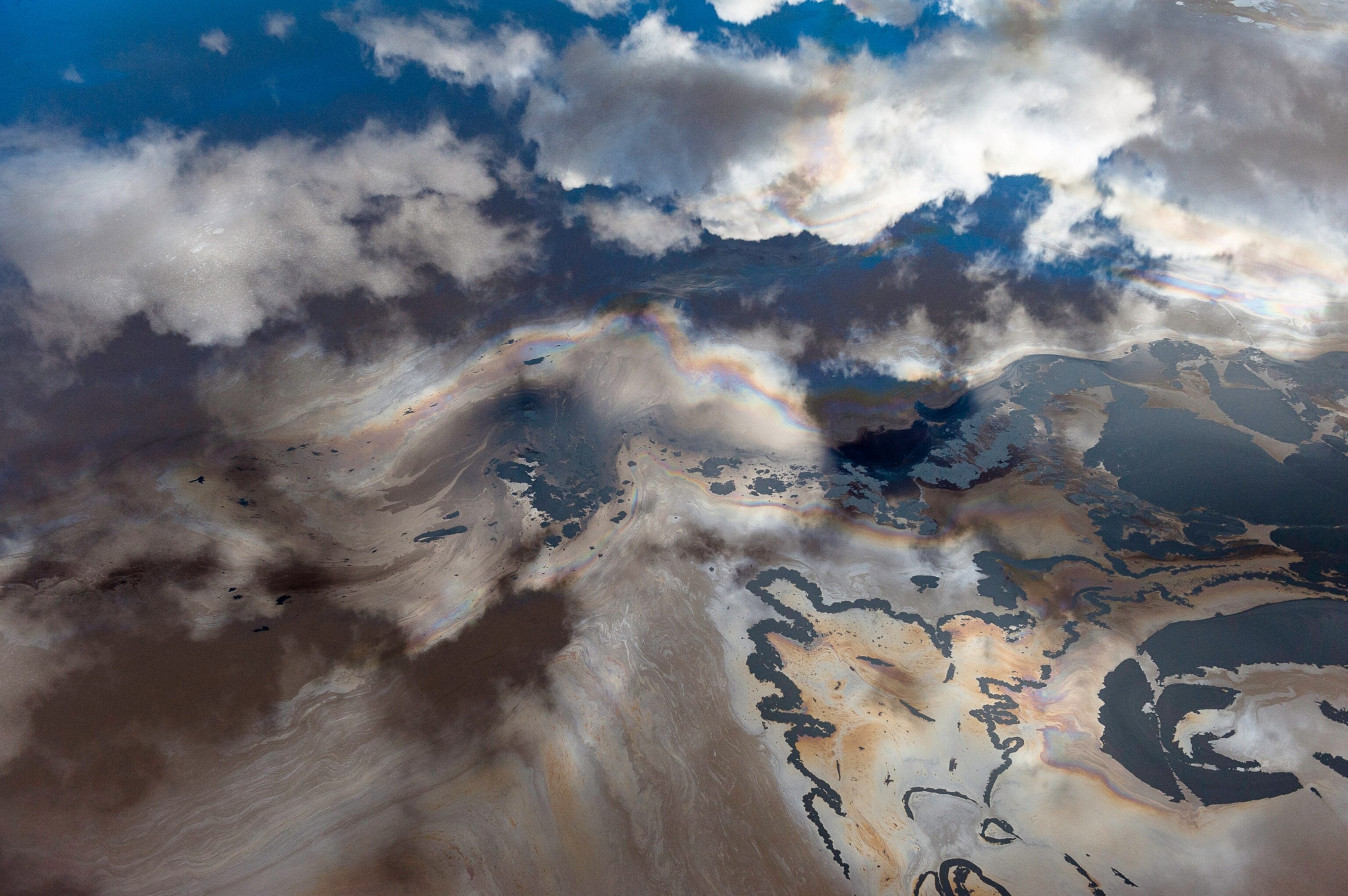
Garth Lenz’s Abstract Energyscapes
“The scale is just insane,” photographer Garth Lenz says of the industrialization he photographs in the province of Alberta. Lenz was drawn to the area because of the dramatic changes in the landscape that accompanied the development of the oil sands there and the visual variety it created.
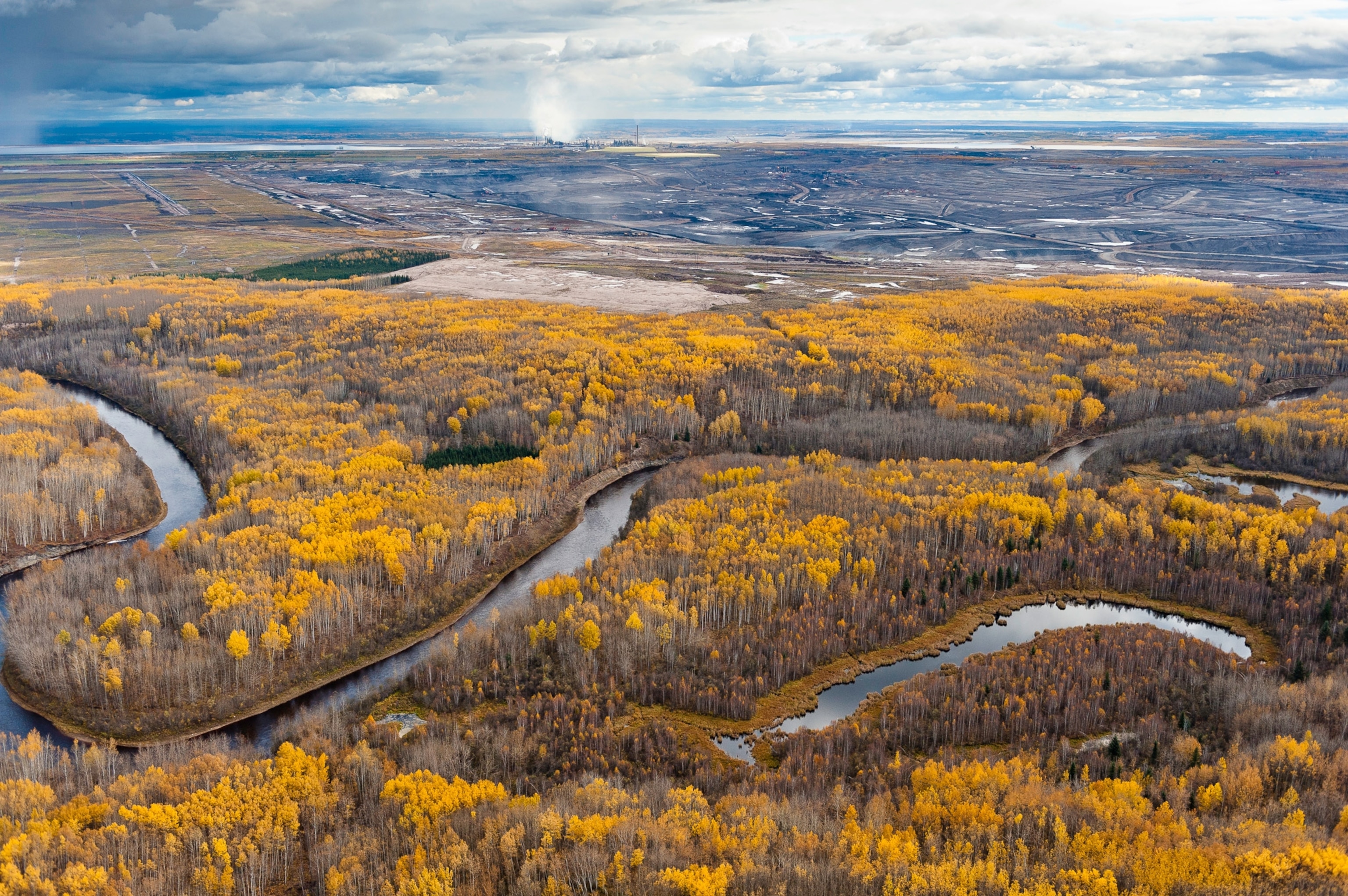
“Some of the tailings ponds are up to 9,000 acres, about two-thirds the size of Manhattan,” he explains. And it’s impossible to show that scale without using aerial photography, a process that Lenz had to adapt to as he began playing with abstraction in his landscape work, which focuses on the extraction and consumption of resources. “Certainly, for the first number of years that I did aerial photography, I didn’t enjoy the process that much. It was such an intense experience; I just found it so stressful. And it’s still an intense experience, but I love it. I love the opportunity to make the kinds of images you can’t really make in any other way,” he says.
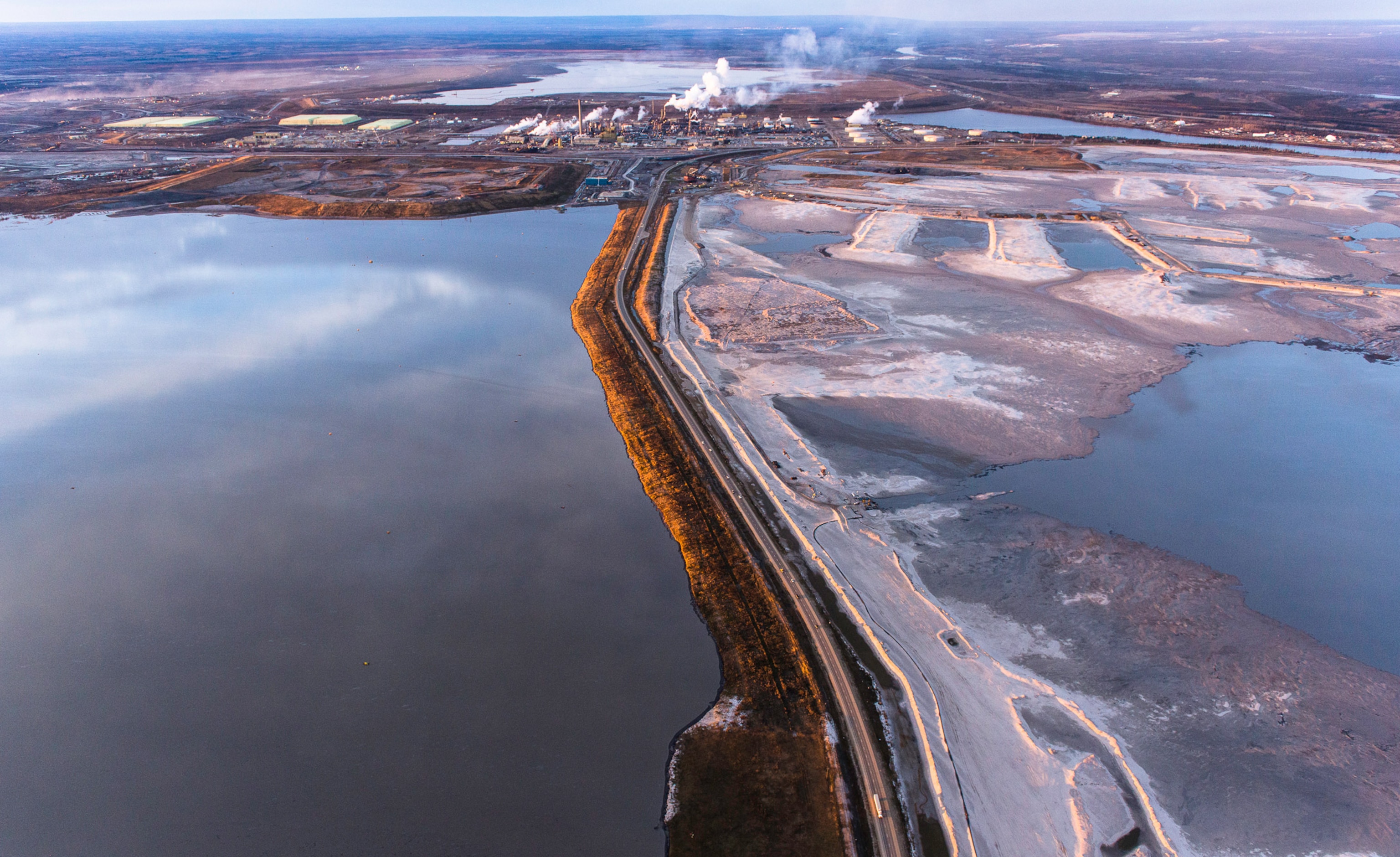

His process is intuitive. “Everything happens so fast. You don’t have time to question this or that,” he says. Lenz relates that spontaneous, subconscious instinct to his love of the paintings of the abstract impressionists and expressionists. “I am very much drawn to modern painting,” he says, citing one image of a tailings pond. “It’s partially frozen and you can see the bitumen coming through. It reminds me very much of a Jackson Pollock canvas.”
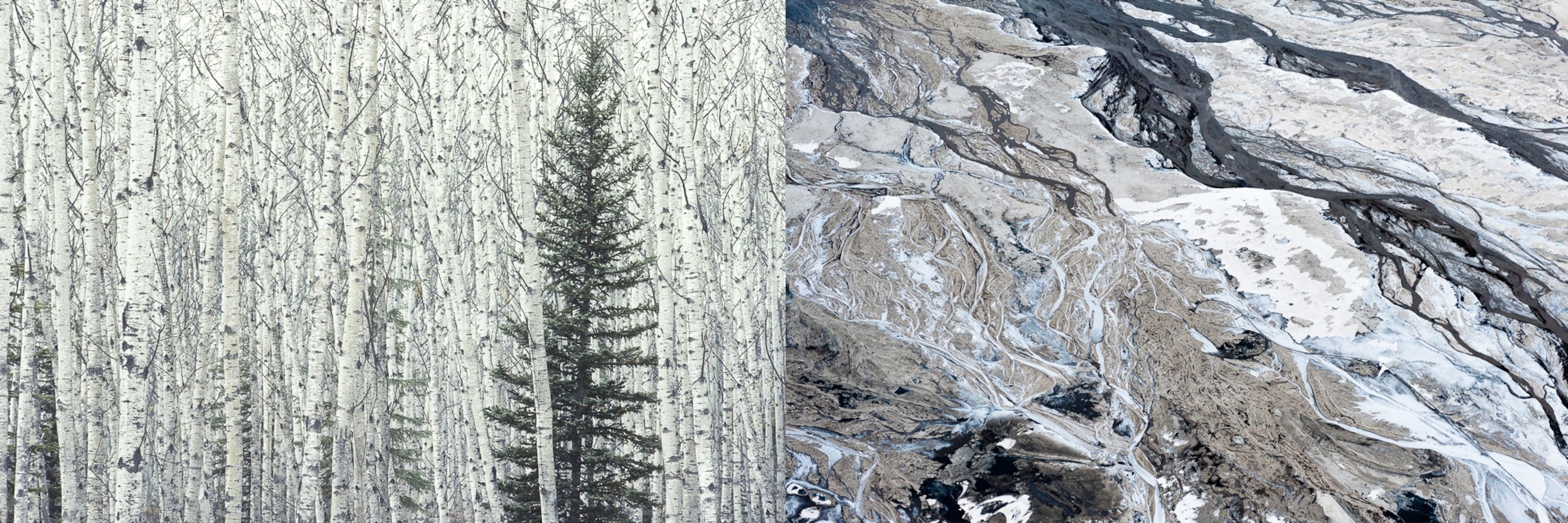
Lenz views his photographs as art rather than activism, hoping that abstracting a subject that people are typically quick to label “good” or “bad” will cause a visceral reaction that catalyzes viewers to think through issues for themselves. “You want to have a well-crafted image in good light and all the rest of it. That draws people into looking at the image. It creates a little bit of cognitive dissonance, especially with some of the more abstract images where people don’t know exactly what they’re looking at,” he says.
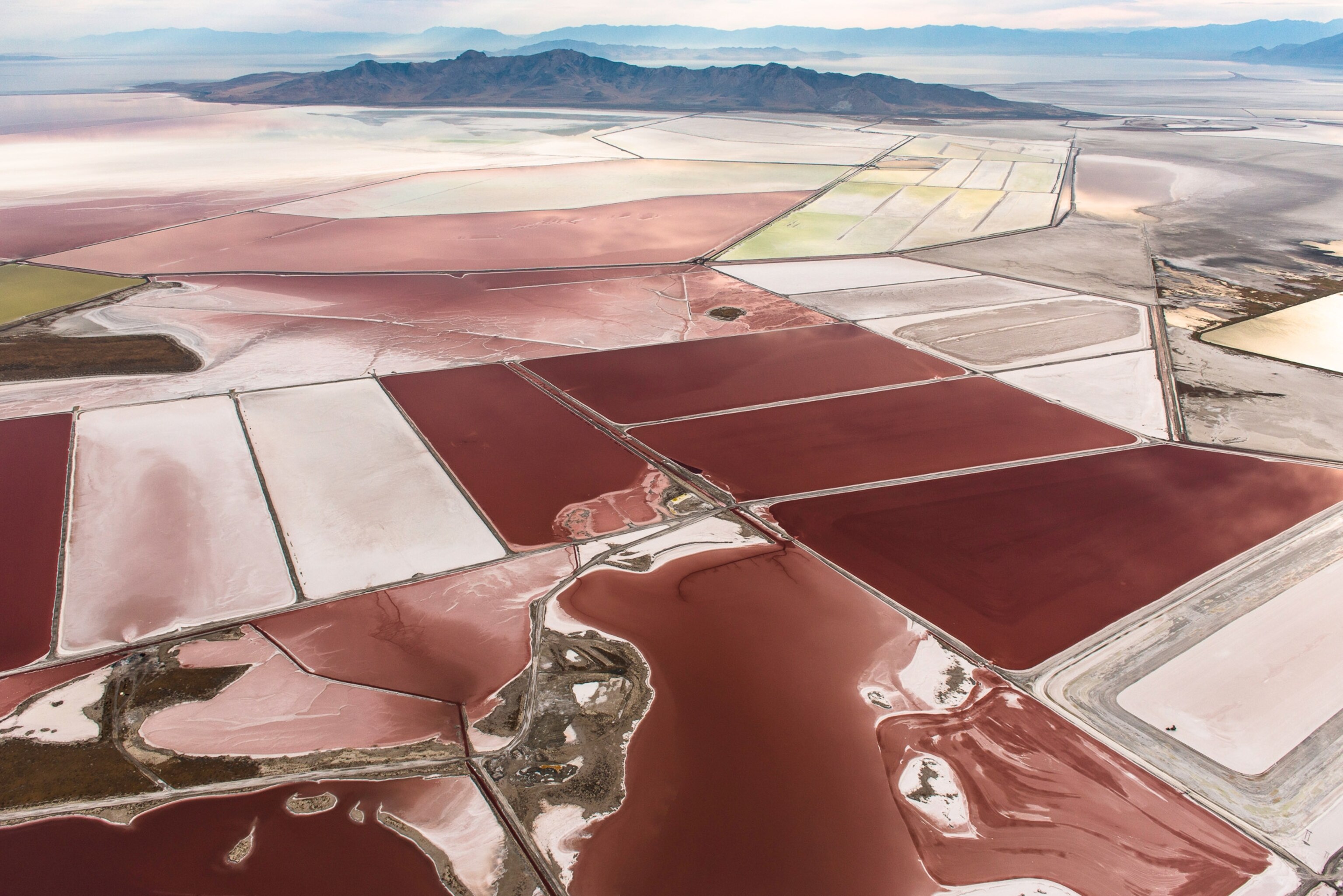
Lately, Lenz has been playing with contrasting areas developed for energy with more pristine terrain, searching for similarities in the natural and built landscapes. “Whether it’s light or certain tonal values, or maybe in one you have rivers going through a wetland [next to] roads with a tar mine, so they are reminiscent of each other in visual design. People can look at it and realize these are the trade-offs that we are making. Whether you think that’s justifiable or unjustifiable, at least look and see and make an informed decision.”

He knows that the development of fossil fuels is a systemic issue, and that he himself is a part of it even in the creation of his work. “I’m getting up in a helicopter or an airplane to try to show the impacts of our fossil fuel consumption, and my carbon footprint as a result of trying to do that work and bring more awareness to these issues is going to be a lot larger than a lot of other people’s,” he admits. But clear-cut solutions aren’t what Lenz is touting. “I’m not really there to provide the answer. I think my role as a photographer and as an artist is to try to ask the question in the most sort of visually evocative and provocative way that one can.”
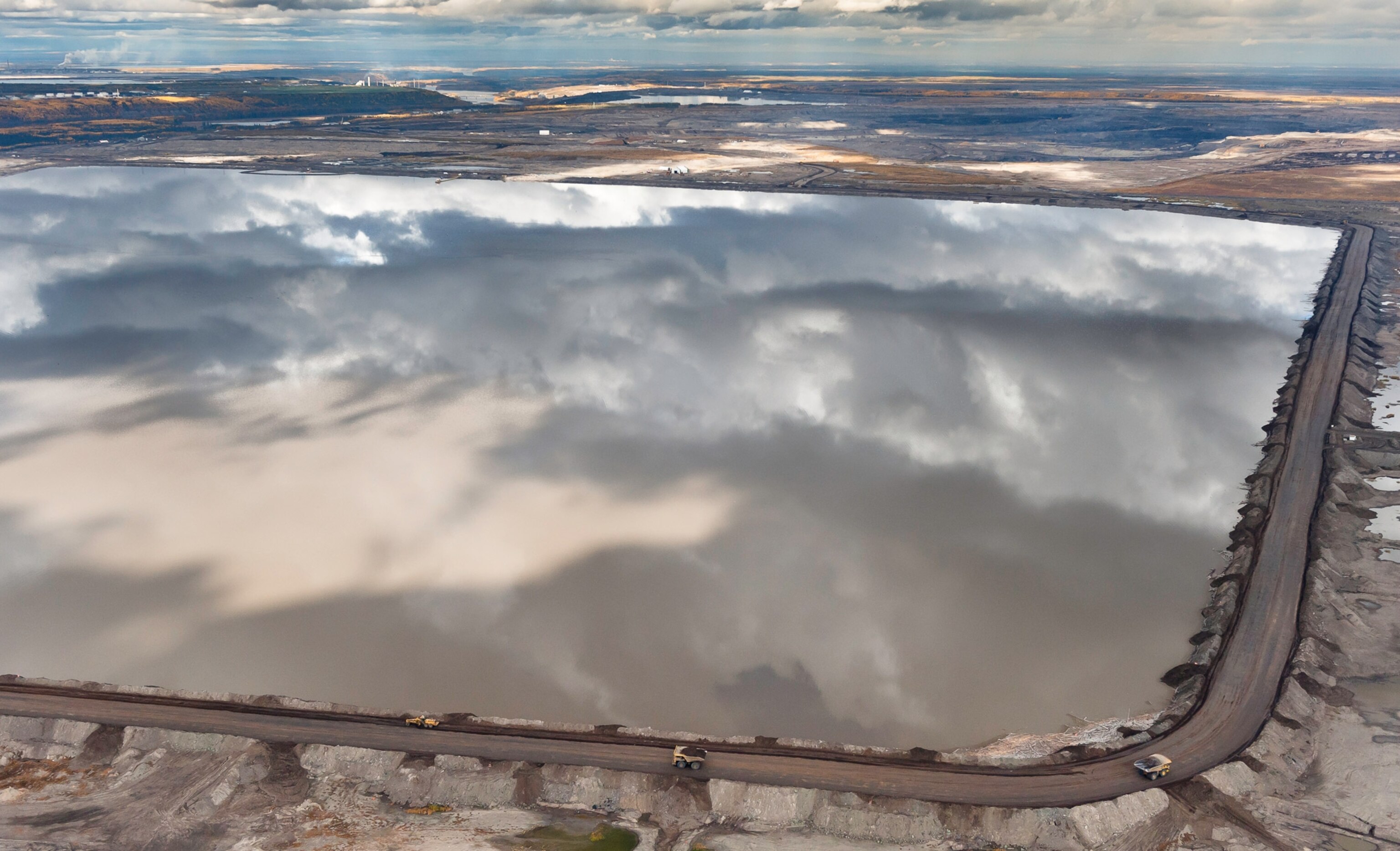
Work from Garth Lenz’s project The True Cost of Oil is on view at 555 Gallery in Boston from September 4-October 4. See more of Garth Lenz’s work on his website.





